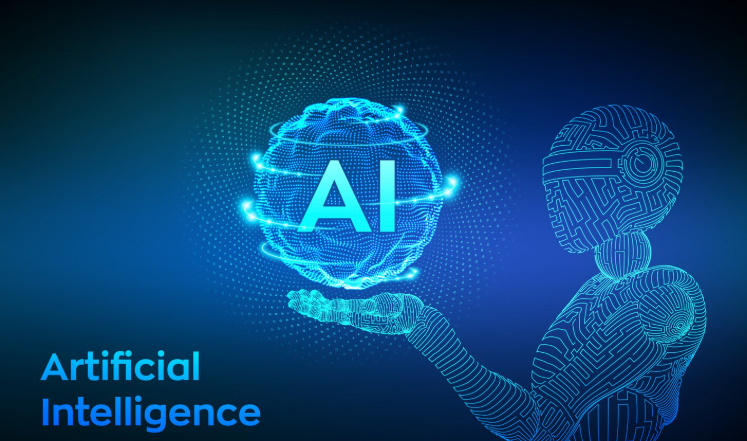AI & Global Trade: Promise and Peril
Artificial intelligence isn’t just changing how we work — it’s poised to change how nations trade. The World Trade Organization (WTO) recently published a report predicting that AI could increase global trade flows by 34–37% by 2040, while lifting world GDP by as much as 12–13%. In simple terms, smarter machines could mean more efficient supply chains, faster customs clearances, better demand forecasting, and seamless logistics across borders.
But this forecast comes with a warning. Unless the access to AI tools and infrastructure becomes more equitable, the benefits will be concentrated in high-income nations, leaving developing economies further behind. The WTO highlights a potential widening of the digital divide: advanced nations using AI to reduce costs and boost productivity, while low- and middle-income countries remain stuck in traditional trade bottlenecks.
The implications ripple far beyond economics. Countries with access to semiconductors, data centers, and AI-trained talent could dominate global value chains, while others risk becoming passive consumers. This imbalance may fuel not only wealth inequality but also geopolitical tensions.
For India, the report presents both a challenge and an opportunity. India has a strong digital backbone (UPI, Aadhaar, ONDC), a vast workforce, and growing semiconductor ambitions. If it invests aggressively in AI infrastructure and trade facilitation, it could emerge as a bridge between developed and emerging economies. But without policy foresight, India could also fall prey to the very inequality the WTO warns about.
The lesson is clear: AI can be a trade multiplier, but only if nations collaborate to democratize access. Otherwise, the so-called AI revolution could deepen divides instead of bridging them.





